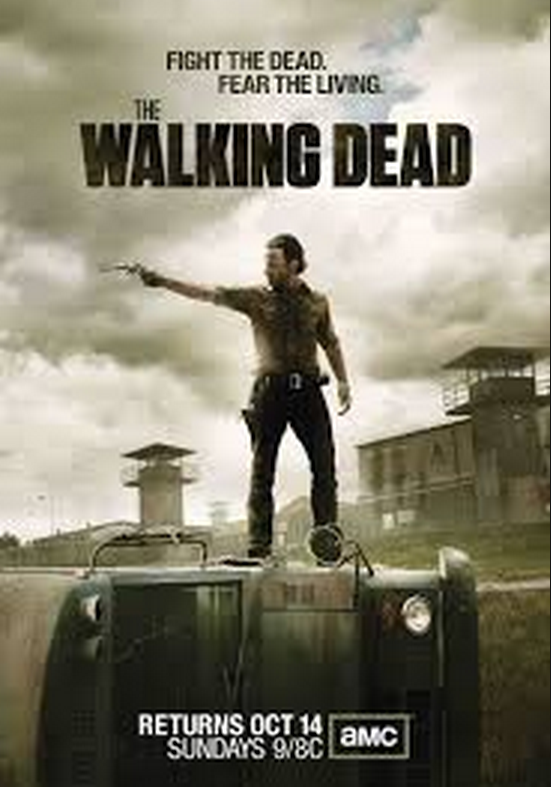 Class- Magazine- Vogue represents upper and middle class (Vogue is a rich and posh magazine. Vogue is aimed at middle and upper class people (B and A) because in those classes people are interested in fashion and are actually able to afford buying things from that magazine. Vogue usually contains products which are expensive and on top. Furthermore, very famous celebrities are used which could suggest that the magazine is famous, respected and quite expensive. Vogue is also for people who know celebrities, expensive brands and actually are interested in fashion. Lower classes have no time to focus on fashion and that kind of aspects because they are too busy working etc.). That is proven by the use of rich, cold and calm colours which look sophisticated, rich and posh. Furthermore, the use of very famous actors/models illustrates that the the creators/publisher of the magazine has a lot of money to give out which illuminates that it is higher class because it has the money.
Class- Magazine- Vogue represents upper and middle class (Vogue is a rich and posh magazine. Vogue is aimed at middle and upper class people (B and A) because in those classes people are interested in fashion and are actually able to afford buying things from that magazine. Vogue usually contains products which are expensive and on top. Furthermore, very famous celebrities are used which could suggest that the magazine is famous, respected and quite expensive. Vogue is also for people who know celebrities, expensive brands and actually are interested in fashion. Lower classes have no time to focus on fashion and that kind of aspects because they are too busy working etc.). That is proven by the use of rich, cold and calm colours which look sophisticated, rich and posh. Furthermore, the use of very famous actors/models illustrates that the the creators/publisher of the magazine has a lot of money to give out which illuminates that it is higher class because it has the money.Age- Film- (HTTYD is aimed at younger audience, children to teenagers (aged between 8 to 17). It is animated which once again suggests that the film was created for younger audience. Furthermore, the story line is about a young boy who becomes friends with a dragon. For many children that might be a dream come true. Adults do not believe in dragons while children do and therefore adults will not be interested in the movie.) In HTTYD the main character is portrayed as a troubled teenager/older child. The movie shows struggles which most teenagers go through (like for example fighting with parents, not getting along with peers and other little things like that). The male character is portrayed quite stereotypical for his age.

Gender- TV show- Supernatural represents males as quite manly, fearless and full of humour (that is quite stereotypical for many males). They wear leather jackets which highlights how manly they are. Leather jackets have a connotation with motorbikes and motorbikes are stereotypical for men.
Race- TV show-
(not finished)










